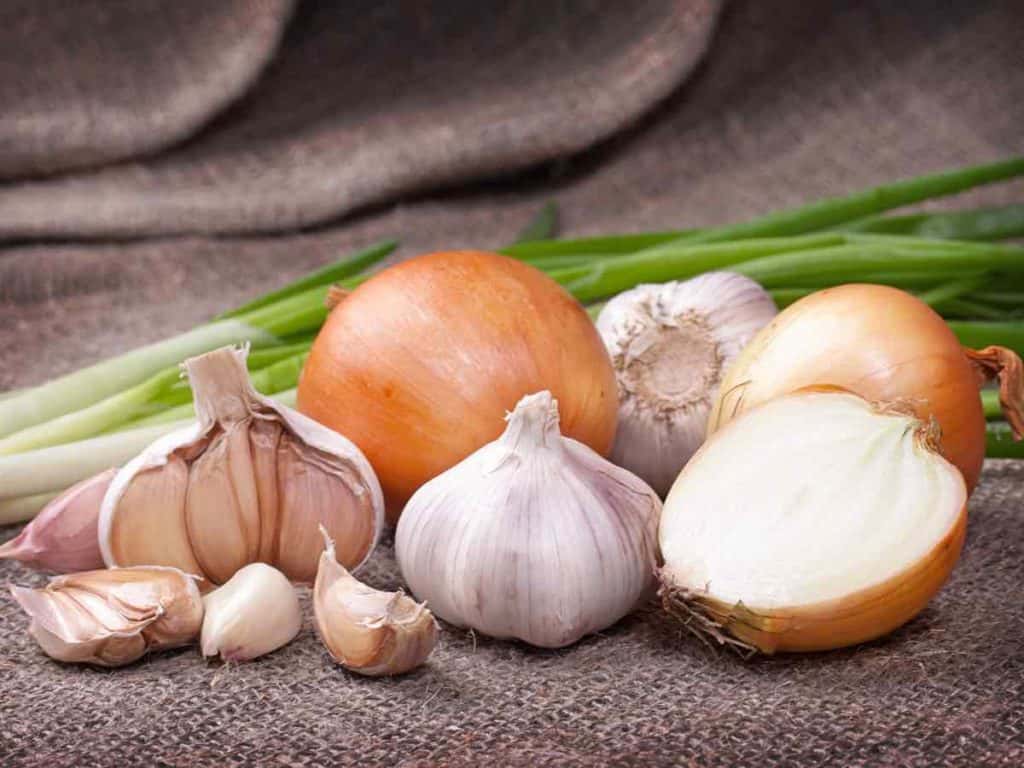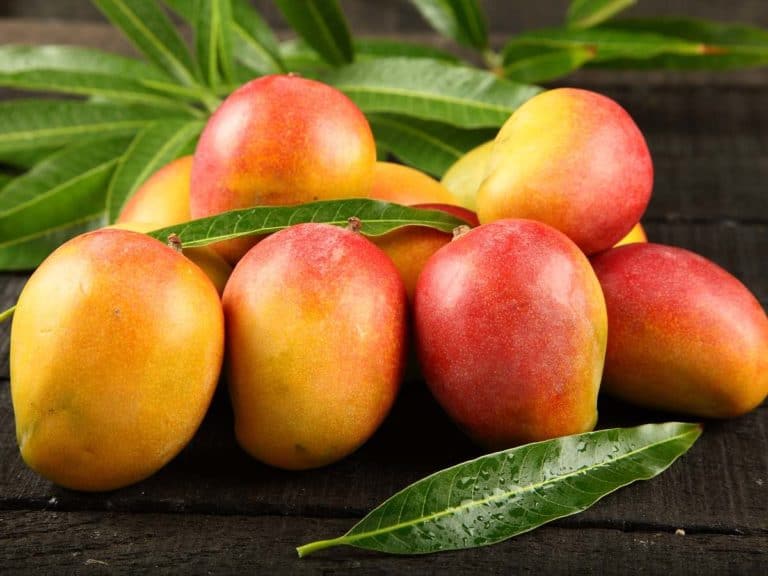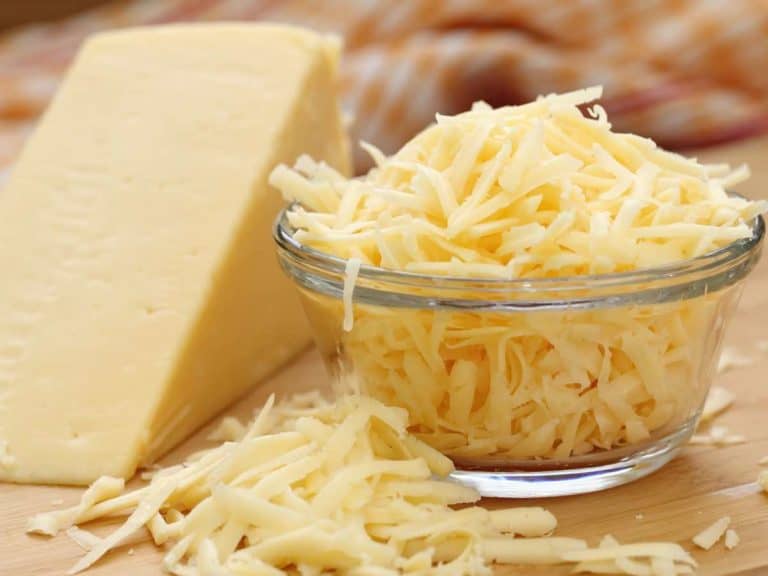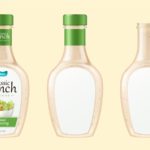Can You Store Onions and Garlic Together?
It is grocery day again and you have just bought your favorite vegetable staples of garlic and onions. Now comes the next question once you get home–how to store them so that they last, and should you even store them together? It’s a befuddling question that has faced anyone who has given a thought to properly organizing their food supplies in the kitchen.
As a general rule, onions and garlic can be stowed together without worry regarding any adverse effects. The same storage conditions apply to both. They should be placed in a dry and well-ventilated container with good airflow and kept in an equally dry, well-ventilated, cool, and in a dark area with little to no humidity.
Storage Conditions
Keep Them Dry
Condensation and moisture are one of your biggest enemies when it comes to storing these vegetables as any moisture will introduce mold or rot and hasten their spoilage. To keep them dry, store them in a well-ventilated environment with good air circulation.

When buying onions, look for ones that are firm, heavy, and odorless (they should not smell!); they should also have papery skins and a dry neck, and no sprouts.
When buying garlic, get those that are intact, fresh, and firm when squeezed. As with onions, they shouldn’t be sprouting. If they do sprout at home, wash them and use them first. Look for warning signals like bruises or dark or softs spots and avoid getting the ones with these telltale signs of impending spoilage.
As you are buying onions and garlic that have already been “cured” or dried at the farm, make sure that you maintain their freshness by keeping them dry at all times in storage.
Do not wash them before storing them as this will again hasten spoilage. Keep watch over them when you are storing them for a longer period or over the winter season. You should only store mature and properly cured onions and garlic.
Related Post: How To Freeze, Defrost, and Store Shallots
Look for a Dark Area
While onions and garlic grow best in the garden in full sunshine—they are good companion plants for other vegetables like beets, cabbage, and broccoli–they are best kept at their optimum in a dark place inside the house or garage where it is cool and dry and out of direct sunlight to keep them from sprouting.
While you don’t necessarily have to throw away garlic and onions that have sprouted, you may have to use them before you intended to, which is a waste of money.
Watch your Temperature
Again and again, you will read a lot of advice telling you that you need to store your onions in a cool but not cold place like inside the refrigerator, with ideal temperatures ranging from 45F to 55F and 35F to 40F for longer storage.
Kept in these stable temperatures, the pungent onions can keep up to three months while sweet onions keep up to a month. Onions also keep best in areas with even temperature.
But garlic can be stored in temperatures of up to 90F and in warmer climates, people successfully keep them for up to three weeks in this hotter temperature range. Garlic is also less sensitive to temperature fluctuations than onions.
Storage Containers
Plastic
Let’s get the no-no material out of the way first. Remember we said that onions and garlic in storage hate moisture? Storing them in plastic bags can introduce condensation and the sweat is not good for storage so do not ever keep the raw vegetables inside plastic bags, even if you punch holes in them. Better be sure than sorry.
But, once you cut an onion and you want to use only a part of it, then you can wrap the unused portion in a tight plastic wrap or store it in an airtight container and it will keep for up to two weeks inside your refrigerator. On the other hand, you may use or re-use plastic mesh bags or plastic baskets that have good ventilation.
Check here for best food containers.
Brown paper bags
One food blogger swears by her grandmother’s age-old storage method using brown paper bags with evenly spaced and properly cut holes in them. By her reckoning, it has prolonged the shelf-life of her garlic and onions for up to three months.
Yes, grandmother certainly knows best.
She seals them using good old paper clips—which Dunder Mifflin carries–and labels them for easier identification. She then stores them in large uncovered bins. Even better, these brown paper bags can be recycled and re-used.
It is also best not to overstock the paper bags with too much; if you have different kinds of onions, put them in separate paper bags.
You may also want to get different sizes of paper bags. Store a few onions and garlic in separate smaller bags for immediate usage and keep them within easy reach and re-stock them as necessary from your stock in the bigger paper bags, which you can store away in your cabinet or pantry.
Basket weaves and terracottas
Basket-weaves, terracotta containers, or glass bowls placed on countertops also make for good containers. But keep them away from your fresh fruits like bananas whose ethylene will cause your onions and garlic to sprout.
Other containers you can use are wooden bins, cookie jars, and tin cans, although they should preferably be stored in a single layer for better airflow. Just remember to check your stocks every so often for developing soft spots and other unwanted signs or growths.
Hanging them
If you can find a cool, dry area away from direct sunlight, you may choose to put them in a hanging wire basket. You can also hang onions by using their long dry stems and insert and wrap them around a strong piece of string or put them inside pantyhoses with enough spaces in between and hang them down.
As for garlic, you can hang them in bunches using the tried-and-tested braiding method, which also looks pretty and rustic. But better forego good looks for longer life by threading the braided garlic through a brown paper bag with holes.
Storage Areas
Pantry, Cupboard, Cabinet
These are the go-to storage areas that all kitchens have; it’s only a matter how much you can fit into them. You already know you shouldn’t put onions near fresh fruits.
Another big no-no is putting onions and potatoes together—something which Dwight Schrute might insist can be done without affecting anything—because the ethylene gas that onions emit hastens ripening, which can cause the potatoes to sprout and spoil faster.
Basement and Cellar
You can also store onions and garlic in your root cellar or your basement provided the latter is temperature-controlled and has a dehumidifier, and don’t put them near the furnace.
A digital thermometer will also be very useful and handy to have, the more the better so you can easily check for temperature fluctuations in different areas in your house and basement.
Your garage is also a good alternative, again provided you meet the standards of a dry, dark, cool, and well-ventilated place with good airflow.
Old Wives’ Tales
Remember that half-onion that you stored inside the refrigerator?
Can you eat it the next day?
There is a popular misconception that you shouldn’t and mustn’t eat cut, raw onions because they have supposedly absorbed all kinds of bacteria inside your refrigerator. It turns out that that is just a myth. Since onions have anti-bacterial properties it’s just the opposite–they act more as inhibitors of microorganisms that could poison us.
The next time you go to the grocery and buy onions and garlic—we can’t do without them, can we—and step up your kitchen management skills, rest assured that these two staples make fine neighbors in your pantry, or kitchen top, or root cellar.





